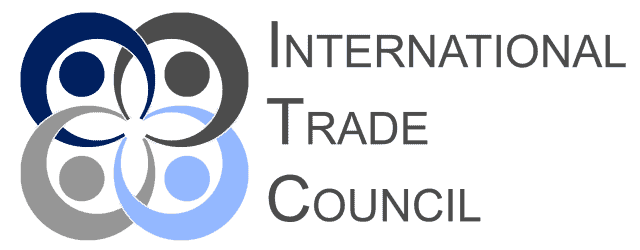
It’s easy to get swept up in the big numbers—total exports, year-on-year growth, the headlines about “winning sectors.†But behind every trade success story is a quieter, more intricate reality: how sectors actually stack up, both at home and abroad. For policymakers, investors, and analysts, the real question isn’t just how much a country exports, but how those exports perform relative to others. And here, the International Standard Industrial Classification (ISIC) system, with its detailed sectoral codes, becomes a tool not just for measurement but for real strategy.
Start with the basics. ISIC codes let us talk apples to apples—textiles under ISIC 1311, electronics under ISIC 2610, and so forth. Without this common structure, cross-country comparisons are little more than guesswork, clouded by differences in national reporting, local definitions, or the quirks of trade documentation. But once data is coded to ISIC standards, things become much clearer. You can compare how, say, the textile sector is performing in Vietnam and Bangladesh, or whether electronics exports are gaining ground in Malaysia or Mexico.
The next layer is normalization. Raw export numbers tell you something, but they rarely account for scale. A billion dollars in electronics exports means one thing in a small economy, quite another in a giant one. By normalizing sectoral exports to GDP, you can see not just who exports the most, but who is really “punching above their weight.†A country with modest GDP but strong ISIC 2610 export numbers may, in fact, be more competitive than a larger rival.
But even this only goes so far. What really sharpens the analysis is constructing a Revealed Comparative Advantage (RCA) index, using ISIC-coded data. The concept is elegant in its simplicity: you calculate, for each sector, the share of that sector’s exports in the country’s total exports, and compare it to the same share worldwide. If your country’s electronics sector accounts for 20% of exports, but globally electronics make up only 10% of trade, you’ve got an RCA greater than 1—a sign of competitive strength.
The process, in practice, is both technical and intuitive. Analysts gather export data, coded by ISIC sector, for as many countries as possible. They normalize it to GDP, ensuring the comparisons are fair. Then they construct the RCA index—sectoral export share divided by global export share for the same ISIC code. The resulting map is often surprising. Sectors that look middling in absolute terms sometimes emerge as hidden stars; others, celebrated in policy circles, prove less competitive when measured against international benchmarks.
Of course, there are caveats. ISIC codes aren’t perfect. Some products straddle categories, and countries don’t always report with the same precision. There are always edge cases—sectors with a few dominant firms, or those shaped by government incentives, currency swings, or trade agreements. Analysts who work in this space know to approach the numbers with a mix of confidence and humility.
But the value is undeniable. ISIC-based benchmarking lets countries see themselves as others see them—identifying not just strengths but also gaps, latent opportunities, and emerging threats. It helps avoid the temptation to chase “the next big thing†without first understanding where real advantages already exist. And when policymakers, industry groups, and investors have a common, ISIC-based language, the conversation shifts from anecdotes to evidence.
If there’s a lesson here, it’s that competitiveness is both relative and dynamic. The RCA index, grounded in the discipline of ISIC aggregation, doesn’t just measure where you are—it shows how you’re moving, and where you might go next. In a world where trade winds can shift overnight, that kind of clarity is not just useful—it’s indispensable.
